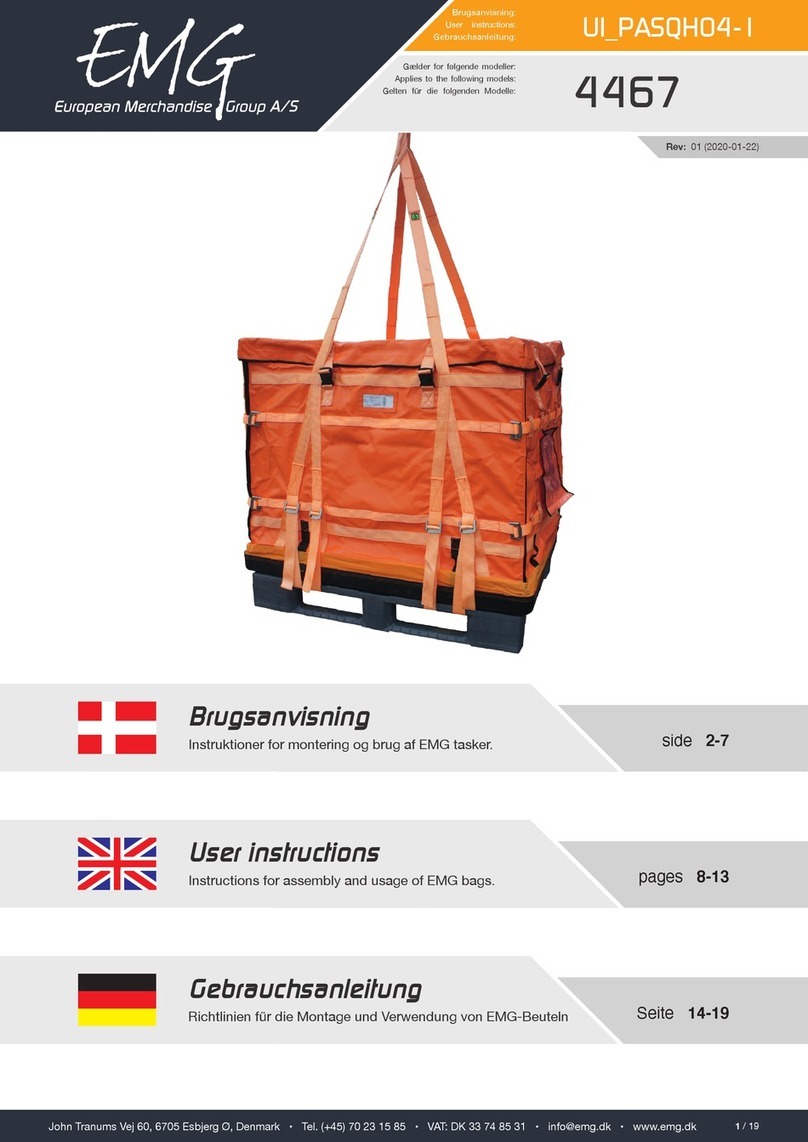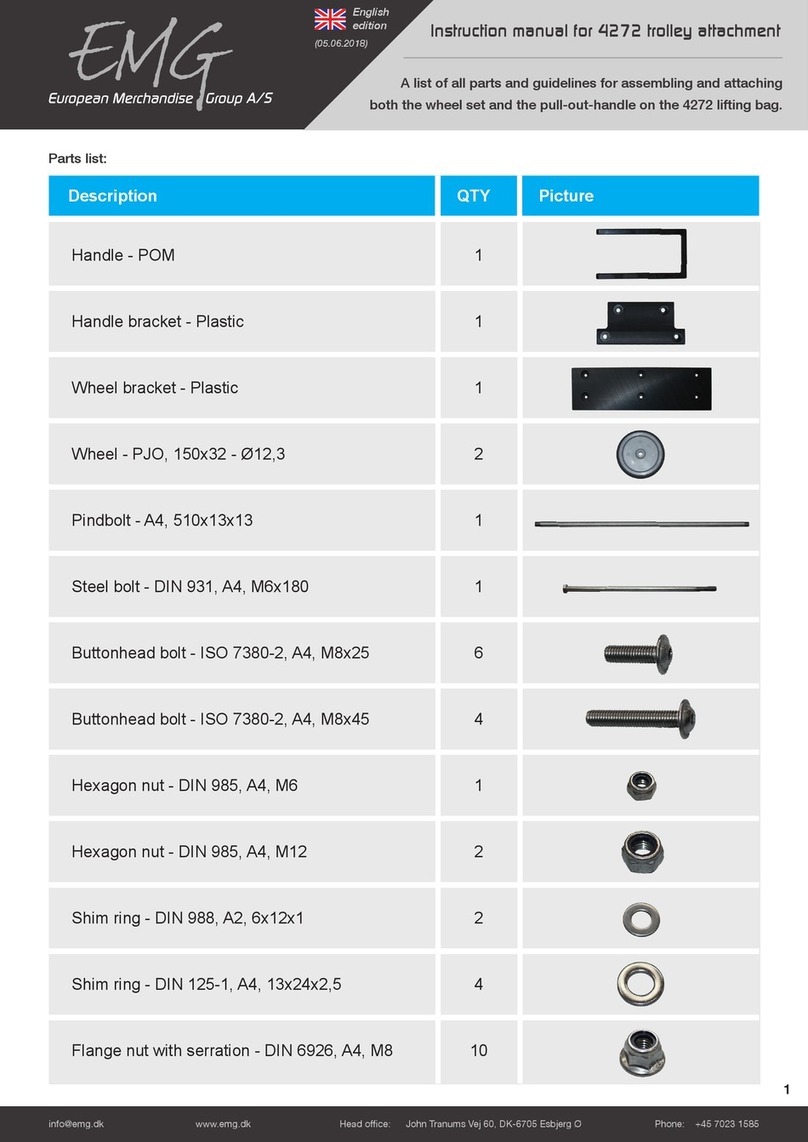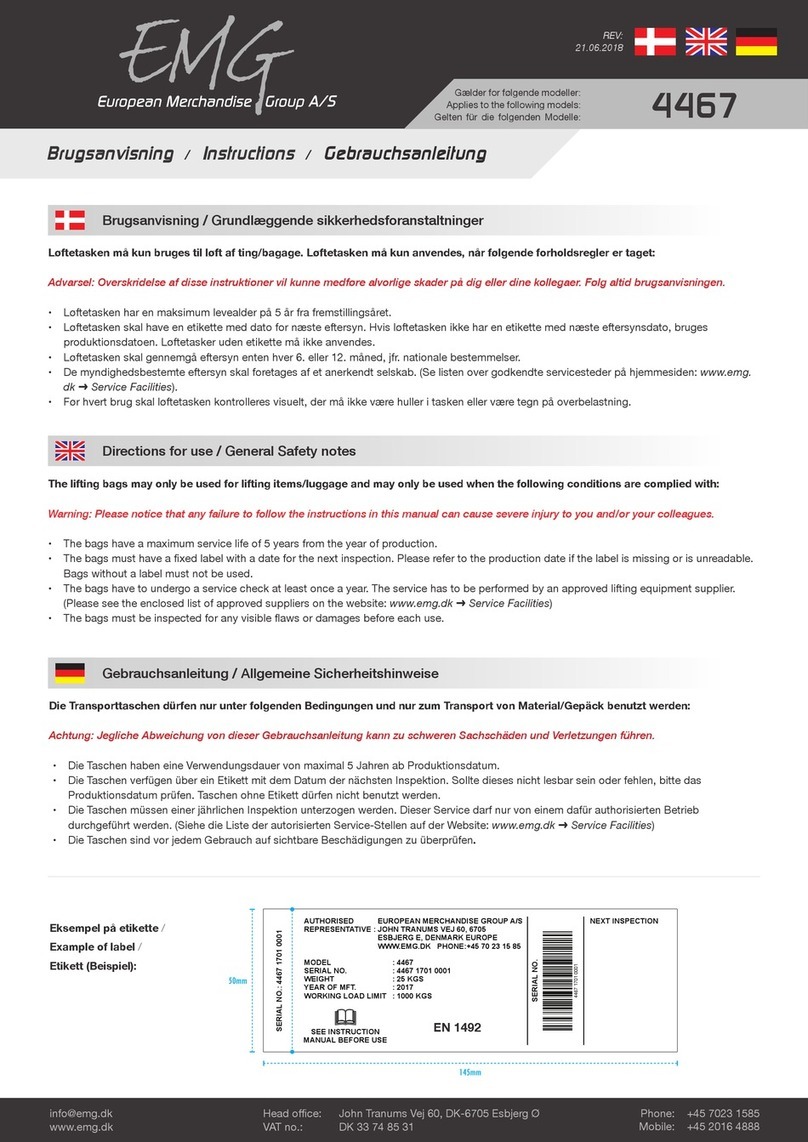
Table of contents
4 / 71 ELHY-Montageanleitung_2021_EN.docx
3.8.2 Air humidity ............................................................................................................................ 28
3.8.3 Aggressive ambient conditions ............................................................................................. 28
3.8.4 Voltage and frequency tolerances......................................................................................... 28
3.8.5 Installation height .................................................................................................................. 28
4 Functional description............................................................................... 29
4.1 Mechanical layout ............................................................................................................... 30
4.1.1 Type group up to EB 2500 .................................................................................................... 30
4.1.2 Type group from EB 3000 ..................................................................................................... 31
4.1.3 Mechanical equipment .......................................................................................................... 32
4.1.4 Protective measures ............................................................................................................. 32
4.2 Electrical equipment ........................................................................................................... 33
4.2.1 Motor ..................................................................................................................................... 33
4.2.2 Operating modes ................................................................................................................... 33
4.2.3 Junction box .......................................................................................................................... 33
4.3 Additional mechanical and electrical equipment............................................................. 34
4.3.1 Lift, lowering or throttle valve (H, S, D) ................................................................................. 34
4.3.2 Regulating/damping spring (R/D-spring) ............................................................................... 35
4.3.3 Brake spring (C-spring) ......................................................................................................... 36
4.3.4 Heating .................................................................................................................................. 36
4.4 Position indicators .............................................................................................................. 37
4.4.1 Sensors ................................................................................................................................. 37
4.4.2 Limit switches ........................................................................................................................ 38
4.5 Function sequence ............................................................................................................. 39
5 Transport and storage ............................................................................... 40
5.1 Transport .............................................................................................................................. 40
5.1.1 Transport sketch ................................................................................................................... 41
5.2 Storage ................................................................................................................................. 41
6 Assembly and installation ......................................................................... 42
6.1 Assembly ............................................................................................................................. 42
6.1.1 Permissible installation positions .......................................................................................... 44
6.1.2 Installing the ELHY® thruster ................................................................................................. 45
6.2 Electrical connection .......................................................................................................... 46
6.2.1 Junction box and terminal diagram ....................................................................................... 47
6.2.2 Earthing conductor connection.............................................................................................. 48
6.2.3 Power supply connection ...................................................................................................... 49
6.3 Adjusting the valves ........................................................................................................... 50
6.3.1 Setting times.......................................................................................................................... 51
6.3.2 Adjustment screw installation location .................................................................................. 51
6.3.3 Changing the set time and the reset time ............................................................................. 52
6.4 Completing assembly ......................................................................................................... 52
7 Notes on operation .................................................................................... 53






























